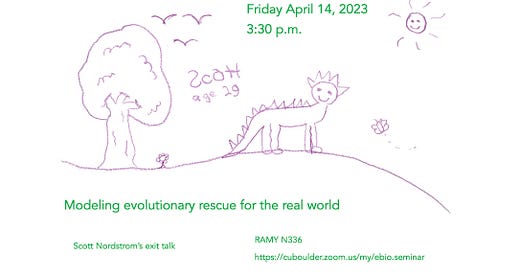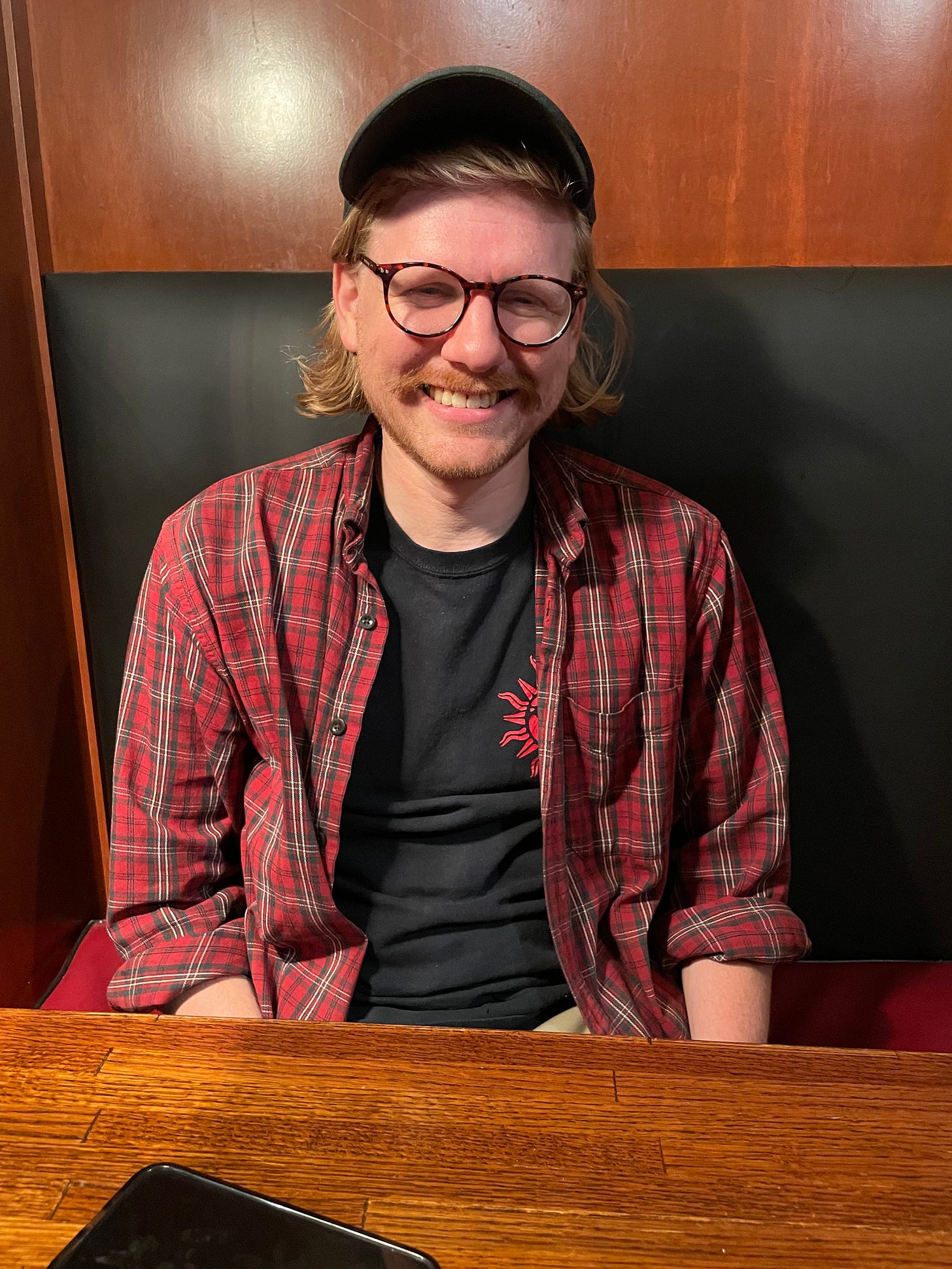I received the following invitation this morning.
The person issuing this invitation obviously thinks a few noteworthy things.
First, he understands that a few of us still think dinosaurs roam. That may be a comment on age but it gets my attention. (Since I received the invitation, I guess I must be one of those folks he thinks….)
Second, he lets us all know that even as we age, our art skills may never threaten Rembrandt’s, Morisot’s or Monet’s legacies.
Third, he has some whimsy which is good in this world, particularly closer to the Beltway.
Fourth, he believes that rescue of some sort can be modeled for the ‘real world’. I hope that is correct though I see so vast a number of items meriting consideration for rescue that I am not entirely sure we can get there but thinks we can. In this case, I think it must have something to do with trees, dinosaurs, flowers, birds, butterflies, and the sun. Maybe he thinks hills need saving, too.
Finally, ever conversation over the past couple of months regarding this research seminar justaposed speaking to his highly technically-inclined peers versus those of us struggling to understand any of it. This invitation captured that pretty well, didn’t it?
In truth, I know well that this is an invitation to normal, ‘real’ people (indeed outliers in this case) to attend a research talk in conjucntion with advanced graduate students and their mentoring faculty about a highly sophisticated mathematical modeling field called Evoluationary Biology. It’s not for the faint-hearted or those who forced to retak math endlessly because they find high school algebra too challenging (which is truly most of the United States these days). This invitation illustrates how profoundly relevant mathematics, supercomputing, and biological models are to one another.
Working in concert across the various populations biologists study, evolutionary biology applies mathematics to specific groups. It’s a far, far, far cry from studying why states and peoples operate as they do in the global system—or maybe it isn’t.
The individual issuing this invitation does believe all of those items on the list above need saving. The focus of his work is grasses, particularly of the High Plains, California, and the western United States, all constantly plagued by threats of wild fire as human expansion and climate shifts produce less water, more volatile weather, and greater challenges after massive burn phenomena.
Field work at the research station above Boulder required conquering moose active determination, caught on camera, to tear down vital sensors collecting data on grass growth in the spring. It also meant avoiding the never-ending list of Australian snakes populating research sites Down Under where he honed his original field work after reaching Boulder. He looks back fondly on a year spent in Minnesota and the Chicago Botanical Garden learning an array of questions which might be worth pursuing. Additionally, sticking it out at William and Mary for the Ops Research Master’s degree which provided incalculable value as a skilled programmer now looks pretty relevant as well.
This presentation will be abstract in that it’s models but it’s also work in the field where plants and animals interact with the natural phenomena of this planet. For someone craving being outside in this country he so loves, it’s a pretty awesome confluence of life supporting rescuing biological species. Oh, I suspect that is rather satisfying as well.
I will attend this afternoon at the University of Colorado as my son presents his exist work from a doctoral program here. Please forgive the mother’s pride. I am a bit more confident about our world when I listen to the kinds of things that motivate his generation.FIN





